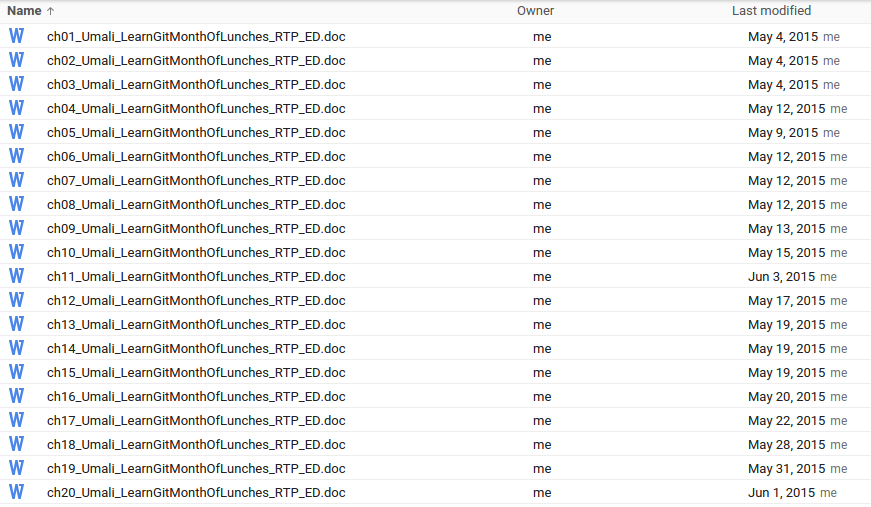The editing process for this book was a familiar one to me. In high school and college, I was a writer for various school publications. As I’ve written before, I’ve had manuscripts and articles marked up by the editing process.
The clearest editing moment came in college. I was the editor-in-chief of a college magazine. This position gave me the opportunity to write a “From the Editor’s Desk” column every few months (we only printed four to six issues a school year).
For one issue, I wrote a scathing rant disparaging the school. I was simply venting. My editor at the time, Corrie Bates, gently called me out. To paraphrase, she asked “What are you trying to say?”
The question snapped me from my diatribe, and I’m sure we ran something more appropriate. However, I kept that marked up column for the longest time. Editors can save writers from looking foolish.
What are you trying to say is a question that editors need to keep in front of the writer. And for writers, it’s not just a question about the current sentence, but rather about the whole paragraph, chapter or book.
Thanks, everyone, for reading this!







